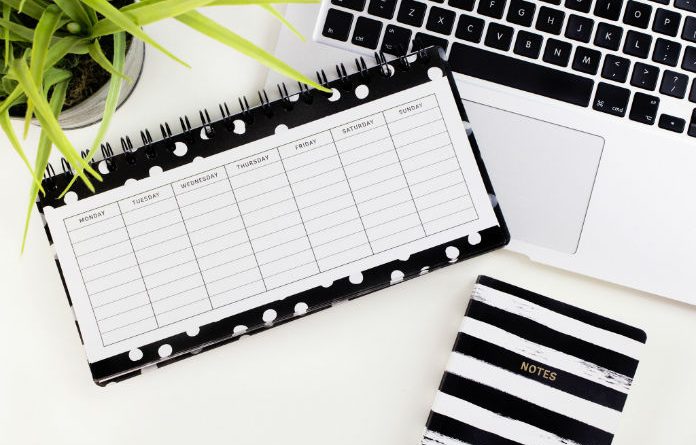How To Schedule Your Day For Optimal Productivity
Jari Roomer
Most people are unproductive because they haven’t created a clear plan for their day.
This lack of clarity quickly leads to procrastination as the brain doesn’t like ambiguity.
When you lack clarity on precisely when you’re going to do what, your brain will use this moment of ambiguity to talk you out of doing the hard work and do something easier instead (such as watching a funny YouTube video). That’s why scheduling your day is so important.
“Many people think they lack motivation when what they really lack is clarity.” — James Clear
The Power of Scheduling Your Day
By pre-determining when you’re going to do what, you remove the need for decision-making within the moment as you’ve already created a precise plan in advance. Psychologists call this an ‘implementation intention’.
A study in the British Journal of Health Psychology showed that creating such an implementation intention increases the success rate of following through with an activity from 34% to 91%.
In other words, by scheduling your day, you’re much less likely to procrastinate. That’s a big benefit for such a simple routine.
Scheduling Removes Ambiguity
When you schedule a task or activity, it becomes real. No longer is it this vague ‘somewhere today I want to workout/read/meditate/write’ — which usually doesn’t get done because it’s too ambiguous.
Only when you attach a time to a task or activity does it become a real appointment with yourself. Before that, it’s just a wish — something you can easily talk yourself out of.
When you schedule your workout, it’s much more likely you’ll get off the couch and go for a run.
When you schedule your reading, it’s much more likely you’ll stop watching Netflix and grab a book instead.
And when you schedule your important tasks, it’s much more likely you’ll work on it instead of wasting time with email or social media.
By scheduling an activity, you make an appointment with yourself, and you should honor this appointment the same way you’d honor an appointment with other people.
How To Schedule Your Day For Optimal Productivity
My #1 rule of scheduling the day is that I schedule my most important tasks for the hours in which I generally have the most energy — and my lesser important tasks for the hours in which my energy tends to be lower.
According to research, for most people, the morning is peak energy time (but it differs per chronotype). During your peak energy time, your willpower is stronger and your brain has more energy to focus deeply, think clearly and solve difficult problems with more ease.
According to Steve Kay, a professor of molecular and computational biology at the University of Southern California, most adults perform best in the late morning when it comes to cognitive work.
As I experience this as well, I schedule my 1–3 most important tasks in the morning. This way, I’m a lot more effective and efficient.
According to recent research led by Robert Matchock, an associate professor of psychology at Pennsylvania State University, most people are more easily distracted from noon to 4 p.m.
That’s why I schedule my lesser important tasks such as email, answering comments, phone calls or meetings later in the day — after I’ve already completed my most important work.
Tip: I like to batch produce these tasks (lump them together) so that I can get them done in a time-efficient way, without splitting my focus or letting these tasks get in the way of the tasks that truly matter.
Furthermore, I like to use different colors to schedule different type of tasks. For example, my personal appointments are blue, my workouts are green and my work-related tasks are yellow. This way, I quickly see what’s coming up next.
Now Do It
Change only comes from taking action — not just by knowing. Therefore, I highly recommend you follow these 3 steps for your next workday.
Step 1: Schedule your most important tasks for when you have the most energy.
Step 2: Schedule your lesser important tasks for when you have less energy (preferably lump them together).
Step 3: Schedule personal appointments (lunch, dates, etc.) and habits (exercise, reading, etc.) using different colors
Jari Roomer is the founder Personal Growth Lab.




